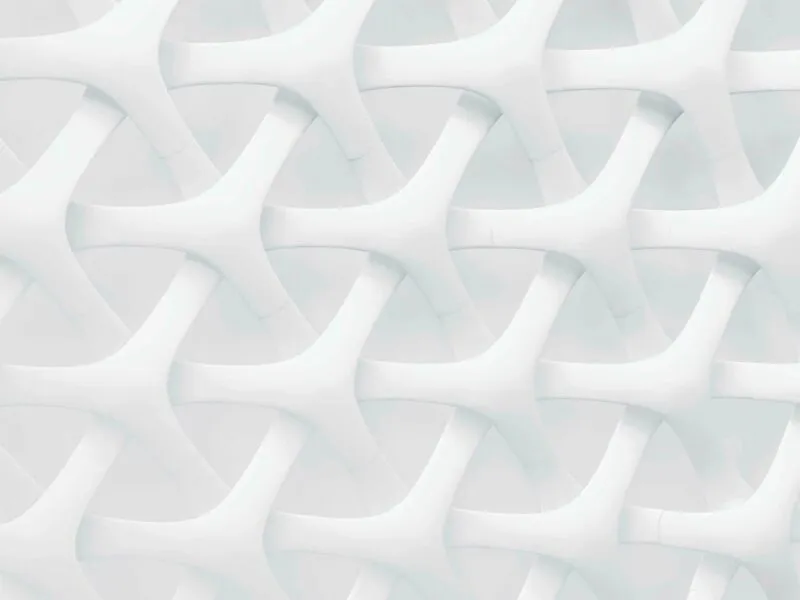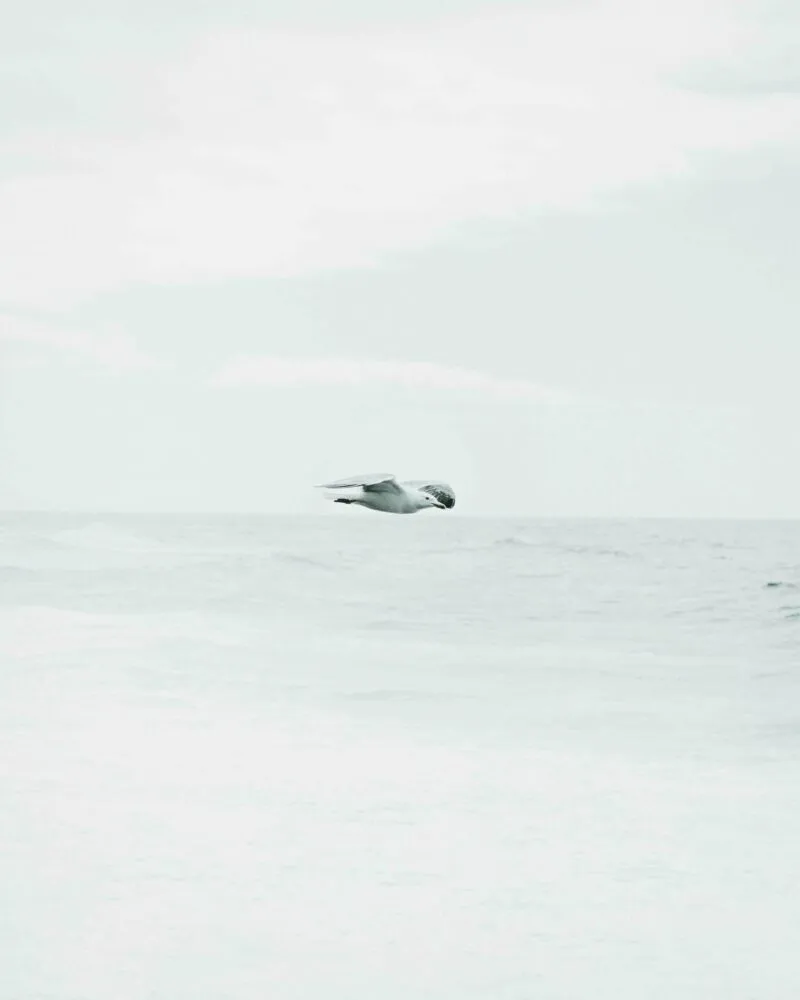Can two vials unite to create a patent term extension right?
In 2016 the Productivity Commission’s “Intellectual Property Arrangements - Inquiry Report” recommended to the Australian Federal Government that patent term extensions (PTE) for pharmaceuticals be abolished.
Fortunately, the government did not accept the recommendation resulting in the continuance of the system under the Patents Act 1990. Relevantly, the system allows for the normal 20 year patent term to be extended for up to an additional five years.
We have previously discussed the ‘all or nothing approach’ to PTE by the Productivity Commission. Importantly, we suggest this strong negativity around PTE invariably influences decision makers when confronted with PTE applications of a type that have not previously been considered.
In PharmaMar S.A. [2020] APO 8 (31 January 2020) the Office recently had a unique opportunity to determine whether a PTE could be granted in a situation whereby the active ingredient of a product and its diluent were provided in two separate vials requiring reconstitution before use.
The PharmaMar product: APLIDIN
The basis for the request for an extension of term was the inclusion in the Australian Register of Therapeutic Goods (ARTG) of APLIDIN. The active ingredient is a didemnin compound, a cyclic depsipeptide which has cytotoxic and antiviral activity. The ARTG listed product was identified as a APLIDIN powder (in a vial) and solution for infusion (in an ampoule) provided as a “composite pack”.
APLIDIN, a type of didemnin compound referred to as dehydrodidemnin B can be difficult to prepare and requires mixing with bulking agents such as mannitol for stable preparation including lyophilised preparations. Bulking agents require water for solubilisation yet APLIDIN is poorly soluble in water.
The invention addressed this issue by providing in one vial, a lyophilised didemnin preparation which included water-soluble materials and in a second vial, an aqueous solvent. This way, the water serves to dissolve the water-soluble material and the solvent serves to dissolve the didemnin compound.
The two vials are mixed together prior to administration.
Relevant APLIDIN Claims of Patent AU 754073
- A pharmaceutical composition of a didemnin compound, comprising firstly a lyophilised didemnin preparation including water-soluble material and secondly a reconstitution solution of mixed solvents.
- A didemnin composition according to claims 1, intended for reconstitution for administration to patients as an antitumor treatment.
Qualifying for a PTE
The requirement is strict. For a small molecule, the Patents Act 1990 requires:
- one or more pharmaceutical substances per se must in substance be disclosed in the complete specification of the patent and in substance fall within the scope of the claim or claims of that specification; and
- goods containing, or consisting of, the substance must be included in the Australian Register of Therapeutic Goods (ARTG).
The scope of “pharmaceutical substances per se” has been judicially interpreted as limiting to only cases claiming compounds or compositions and having goods consisting of or containing those compounds or compositions on the ARTG. These Federal Court decisions are relevant:
H. Lundbeck A/S v Alphapharm Pty Ltd [2009] FCAFC 70, Boehringer Ingelheim International GmbH v Commissioner of Patents [2001] FCA 647, Prejay Holdings Ltd v Commissioner of Patents [2003] FCAFC 77 and Pharmacia Italia SpA v Mayne Pharma Pty Ltd [2006] FCA 305.
Furthermore, it has been decided by IP Australia that “goods is equivalent to the product that appears on the ARTG certificate and does not extend to its indications.” (Celgene Corporation [2011] APO 37 (3 June 2011).
Consequently patents containing only Swiss claims do not qualify for an extension. Patents having claims directed to co-administration of separate pharmaceutical substances (The Children’s Medical Center Corporation [2011] APO 37, 93 IPR 309) have also been rejected.
APLIDIN didn’t qualify
Although acknowledged by the Delegate that a product like APLIDIN had not been considered for a PTE, she found the product was analogous to that in Celgene.
Consequently, APLIDIN did not qualify for a PTE because “I do not consider that the goods included in the ARTG extend beyond the (two-part) product associated with the ARTG registration to include the reconstituted solution – in my view preparation of this solution is part of the directions for use” (Delegate at paragraph 25).
APLIDIN directions for use
In a broad sense, reconstitution could be regarded as a direction for use because the vial containing the therapeutically active substance cannot be administered without reconstitution. However, we think it is more reasonable and intended that the reconstituted product must be inherently a product covered by the ARTG certificate. To reach this conclusion is to recognise that this product formation has nothing to do with indications. Surely if APLIDIN had been presented as a single ready-to-use product on the ARTG, it would clearly have been a pharmaceutical substance per se in accordance with the Act.
APLIDIN - claimed as a pharmaceutical substance per se?
According to the Delegate, it was unnecessary to construe claim 1 because the mixture on the ARTG “does not contain or consist of the reconstituted composition”. If, as we contend, the reconstituted composition is covered by the ARTG Certificate, then to satisfy PTE requirements, claim 1 would have to be construed to be in respect to a pharmaceutical substance per se. That is, to a single composition.
Arguably, claim 1 is not directed to a single composition, even if the reconstituted composition was covered by the ARTG Certificate, it would not qualify for a PTE.
Another APLIDIN-like product?
Suppose there is another product in the same format as APLIDIN. Further, suppose that claim 1 for the product was worded:
1. A pharmaceutical composition comprising a lyophilised substance X preparation, water-soluble material and mixed solvents therefore.
This is undoubtedly in respect to a pharmaceutical substance per se and we contend would be covered by an ARTG Certificate.
Products of this type are uncommon. It may therefore be some time before the opportunity arises to test this approach to obtaining a PTE.


